01 Huayi: Redefining the Green Silk Industry with a Unique Focus on Animal Welfare
“With a profound respect for life, we adhere to eco-friendly, low-carbon principles in our R&D and production,” says Mr. Lu Weirun, sharing the steadfast commitment and mission of Huayi.
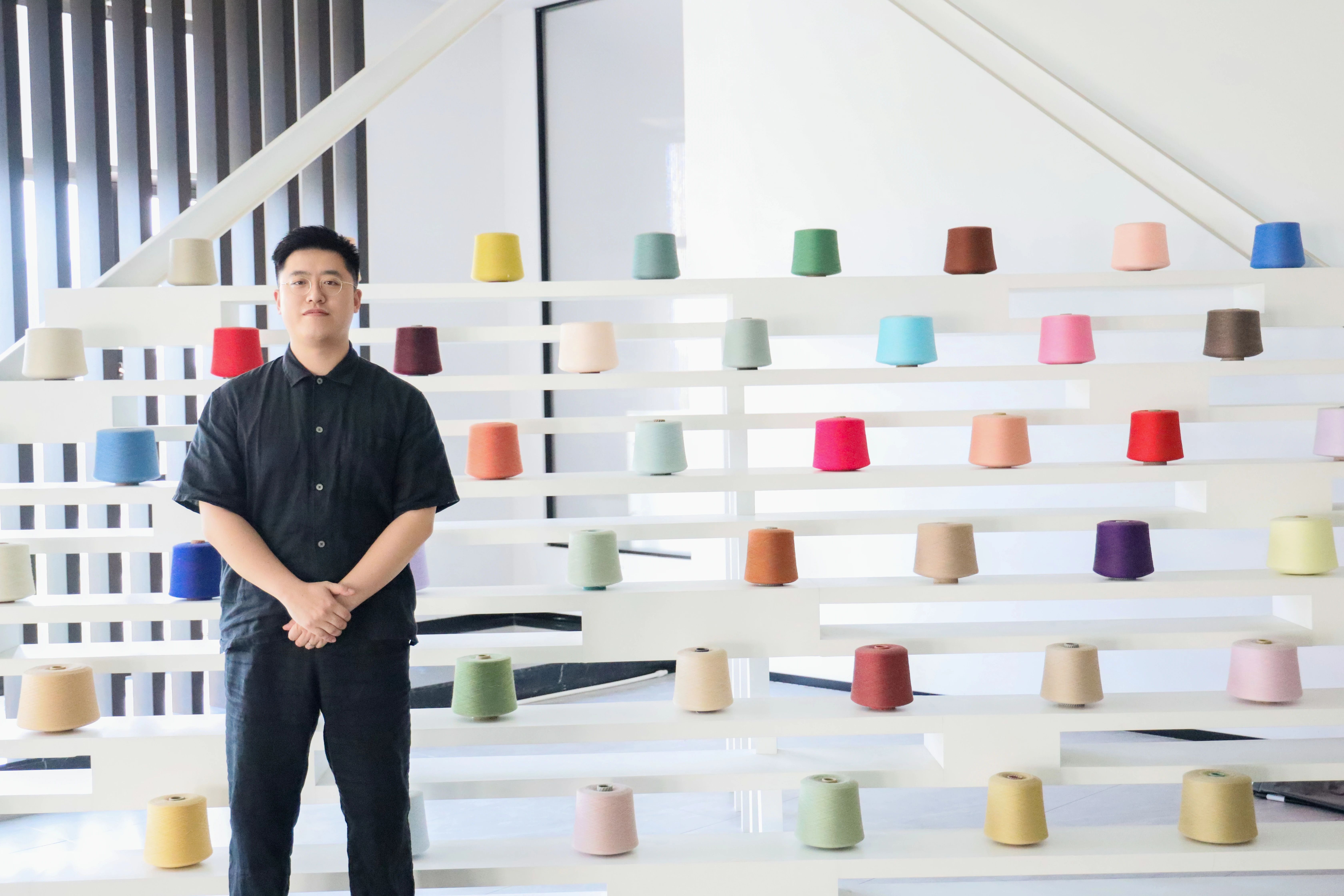
Mr. Lu Weirun, General Manager of Jiaxing Huayi Stock Co., Ltd.
Founded in 1987, Jiaxing Huayi Stock Co., Ltd. specializes in silk spinning, wet spinning of flax, and semi-worsted wool production, focusing on natural fibers like wool, flax, silk, and cotton. Committed to sustainability, Huayi strives to provide natural, eco-friendly, low-carbon, and healthy yarn products to its customers.
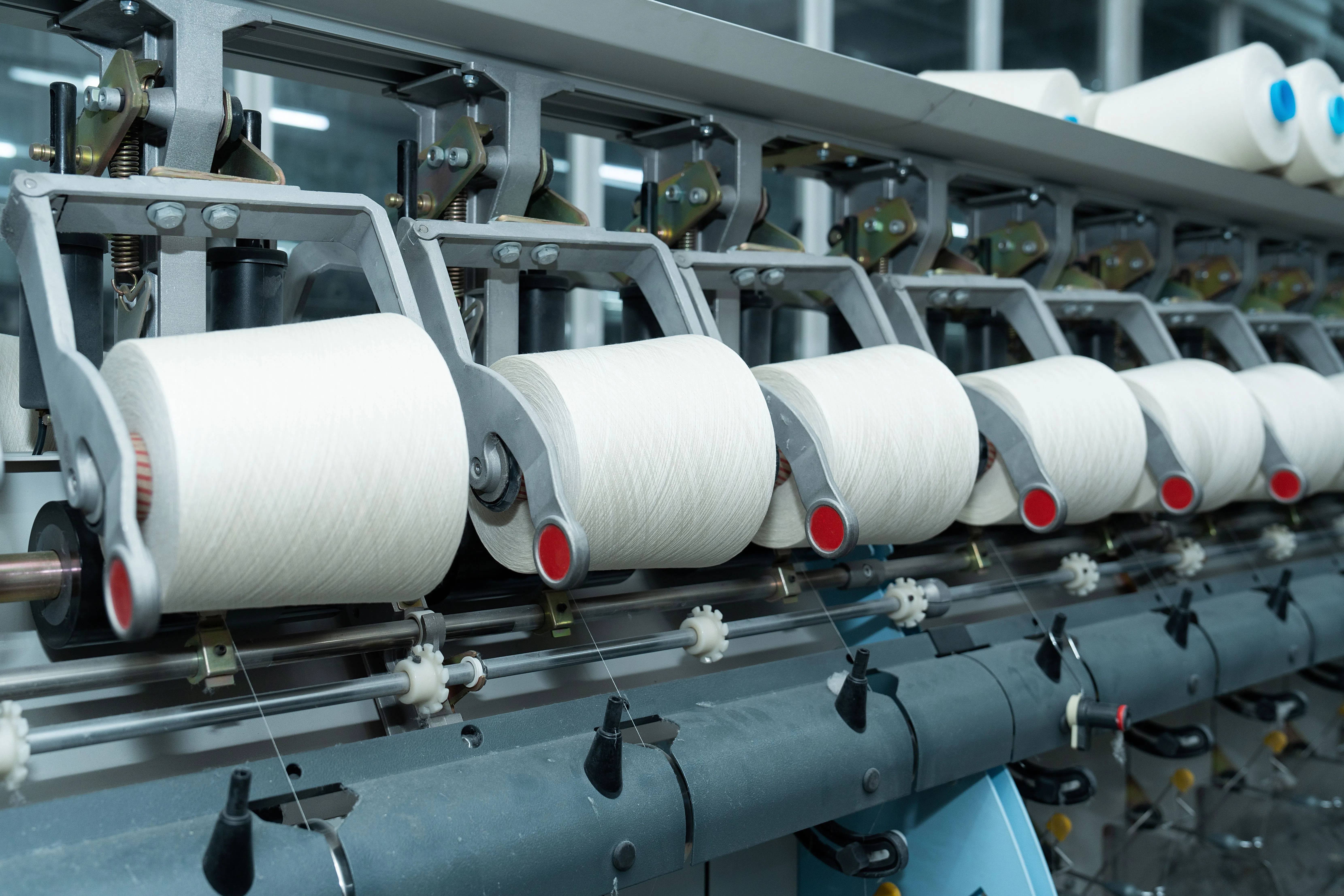
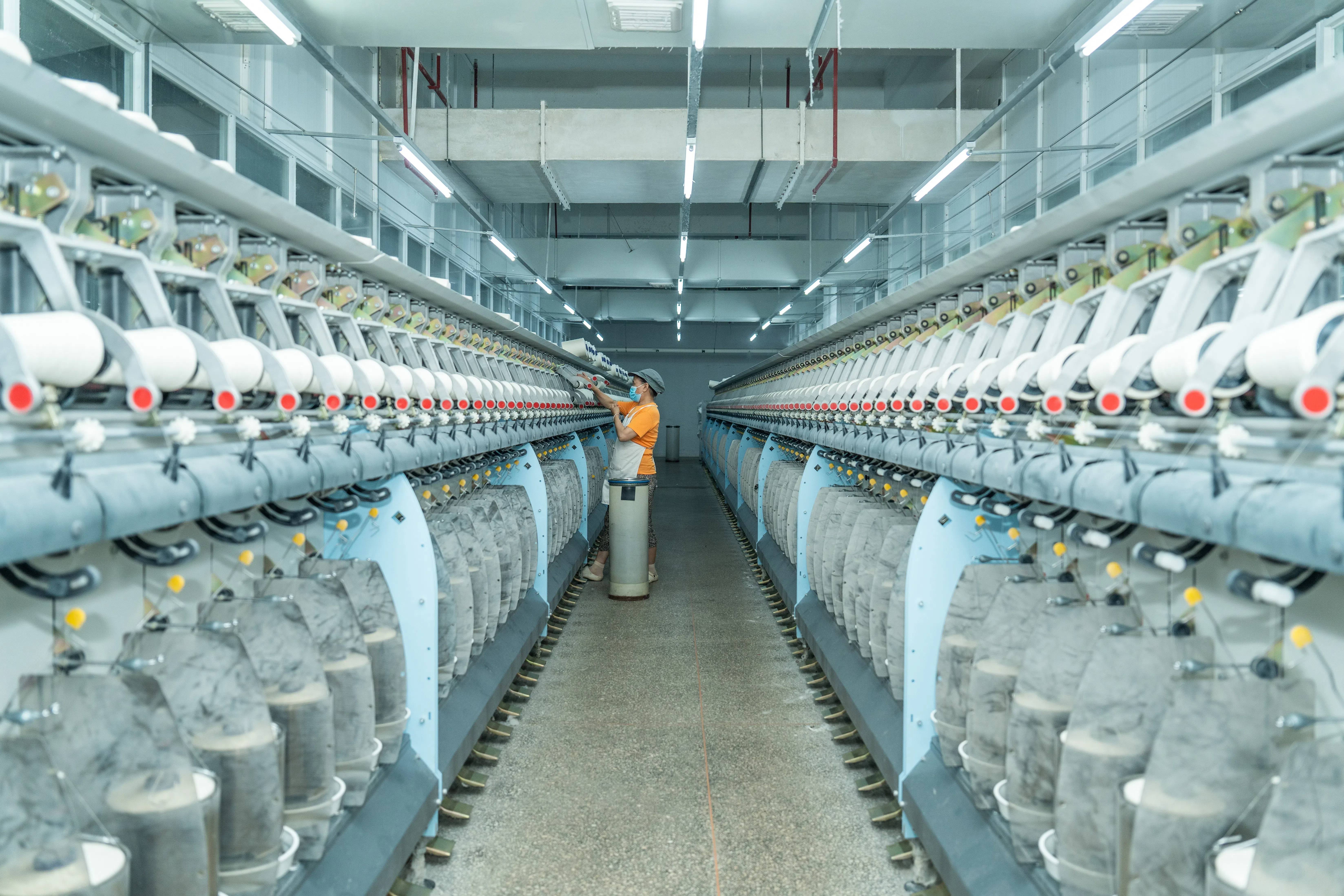
Photo of Huayi factory
"Dangzhu Silk" is a new product from Huayi—100% natural mulberry silk yarn that offers bioactivity and machine-washable properties. This non-cruelty material, emphasizing animal welfare, has garnered great popularity among downstream clients.
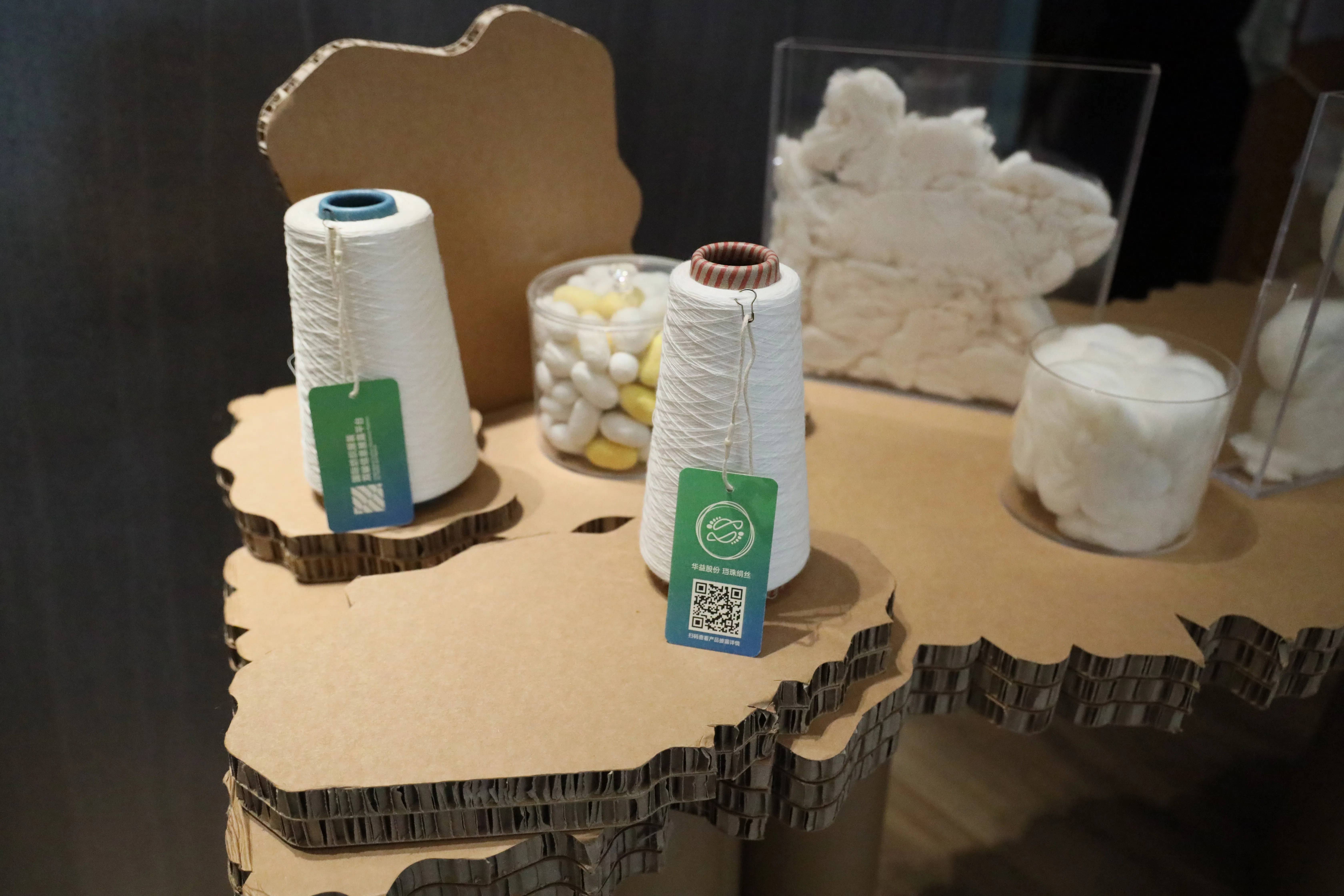
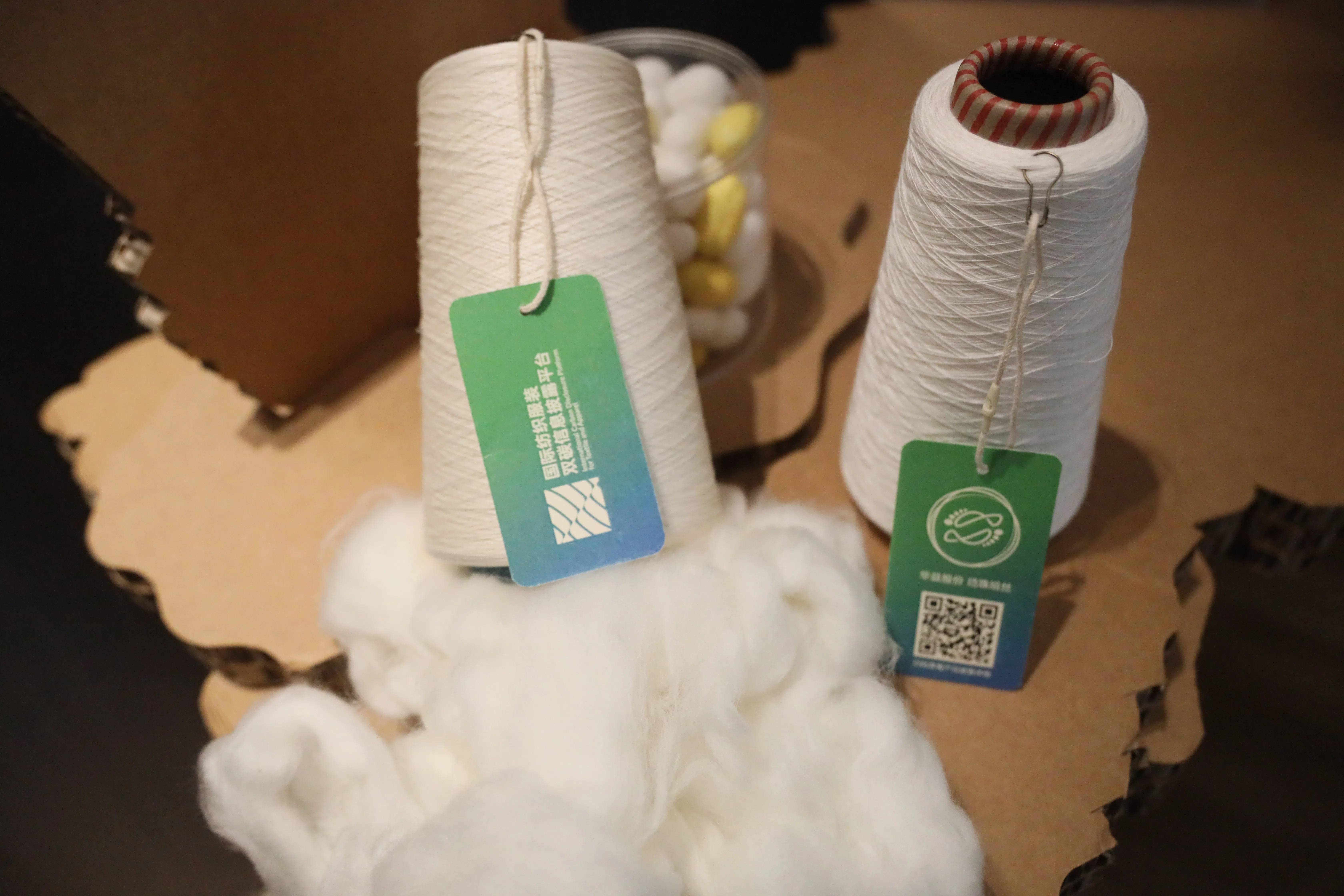
Dangzhu Silk with carbon label
This product tells a story of respecting animal welfare by allowing silkworms to live a complete, albeit brief, life cycle.
“From egg to moth, the life cycle spans about 56 days and involves four stages: egg, larva, pupa, and moth. When transforming into a moth, the pupa bites through the cocoon to emerge, which can disrupt the silk’s integrity and complicate extraction. Traditionally, to prevent pupae from breaking the cocoons and ensure unbroken silk, sericulture has often involved boiling the cocoons, effectively halting the silkworm's lifecycle,” Mr. Lu explains.
Mr. Lu further introduces "Dangzhu Silk" as a bold innovation in textile manufacturing: “Our silk materials use advanced Molecular Modification Technology (MMT), entirely bypassing the reeling process and eliminating the need to kill pupae. This allows the silkworm to complete its natural lifecycle, from egg to moth. This product not only meets production needs but also respects animal welfare. Additionally, it possesses multiple superior qualities, including bioactivity and natural machine washability.”
MMT technology restructures the natural spatial alignment of silk proteins, allowing the broken silk from moth-eaten cocoons to be combed and spun into standard silk fibers, making them suitable for large-scale textile production. This process enhances the strength, durability, luster, and stability of the silk fiber.
02 Low-Carbon Sustainable Development as an Intrinsic Corporate Motivation
Another highlight of "Dangzhu Silk" is its low-carbon approach.
“In recent years, both domestic ‘carbon peaking and carbon neutrality goals’ and international green trade barriers have driven us to manage and optimize carbon emissions,” he notes, referencing new trends in international trade.
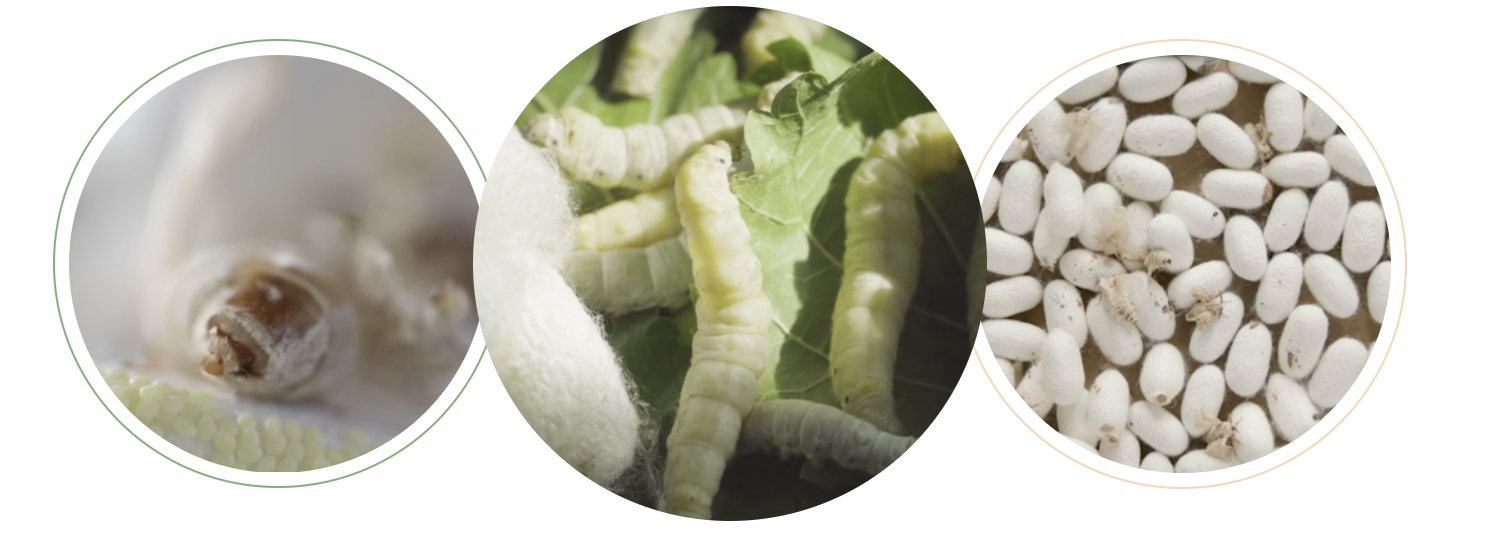
Mr. Lu emphasizes that Huayi sees sustainability as the future, with “low carbon” as a crucial topic within this space. For Huayi, low-carbon development aligns with its long-term sustainability goals and is a priority.
“Huayi has consistently integrated sustainability and green, low-carbon practices into product R&D and manufacturing, and "Dangzhu Silk" is a great example.”
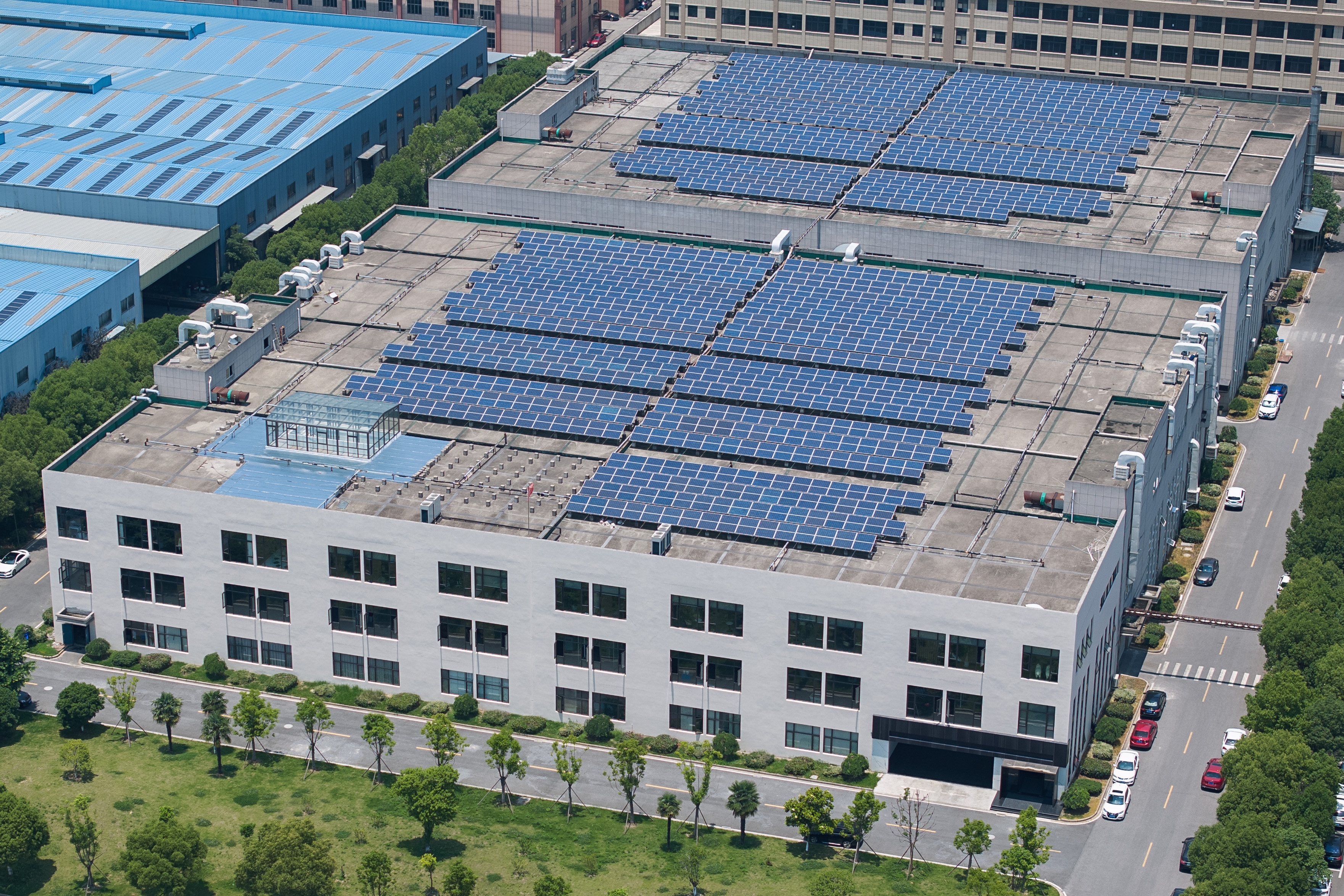
Solar panels on Huayi's roof
Currently, Huayi has fully covered its factory rooftops with solar panels, spanning over 20,000 square meters and generating approximately 5 million kWh annually. All production equipment in the workshops has undergone energy-efficient upgrades. Huayi also continually optimizes its production processes to minimize carbon emissions.
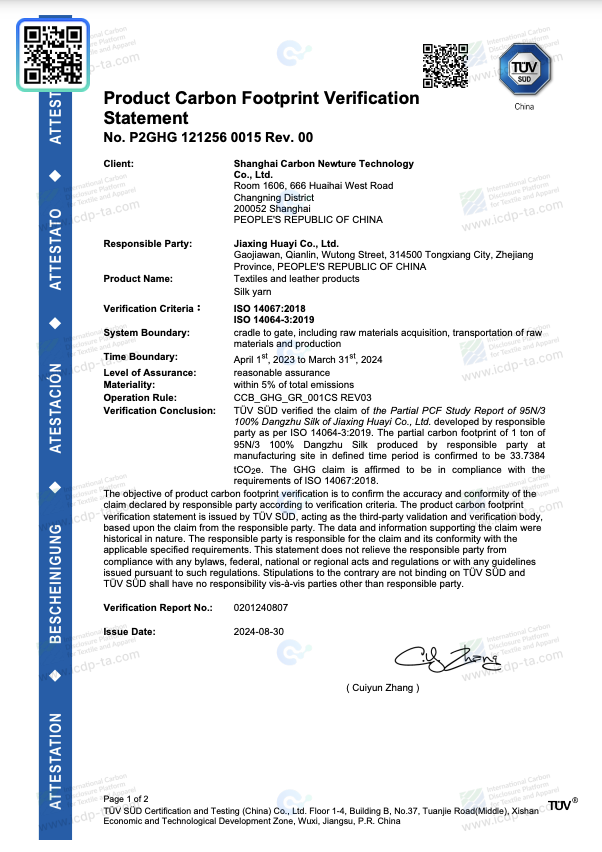
珰珠绢丝取得的第三方权威机构颁发的碳足迹证书Carbon footprint certification for Dangzhu Silk form TÜV SÜD
Recently, with support from Carbon Newture, Huayi completed carbon footprint calculation and certification for "Dangzhu Silk". Looking forward, Huayi will actively respond to national carbon peaking and neutrality goals, continue to refine its product carbon footprint management, and strategically plan its path to carbon neutrality, aiming to control carbon emission intensity steadily.
Huayi is also promoting carbon data sharing across the industry chain, actively disclosing Dangzhu Silk’s carbon footprint on the “International Carbon Disclosure Platform for Textile and Apparel.” Consumers can trace the carbon footprint across each stage, from “cradle” to “gate,” simply by scanning a QR code.

“From a market perspective, as downstream clients increasingly focus on product carbon footprints, low-carbon products will strengthen our competitive edge. Dangzhu Silk is a high-performance, eco-friendly, low-carbon, and animal-welfare-friendly product, and we hope compliant carbon footprint data will bolster its market success,” Mr. Lu expresses with confidence.
03 As a “Middle Link,” We Are Crucial to the Green Transformation of the Entire Industry Chain
As a yarn supplier, Huayi operates in the mid-to-upper segments of the textile and apparel value chain, where yarn plays a pivotal role. Yarn not only bridges raw fibers and finished garments but also drives the green transformation of the entire value chain.
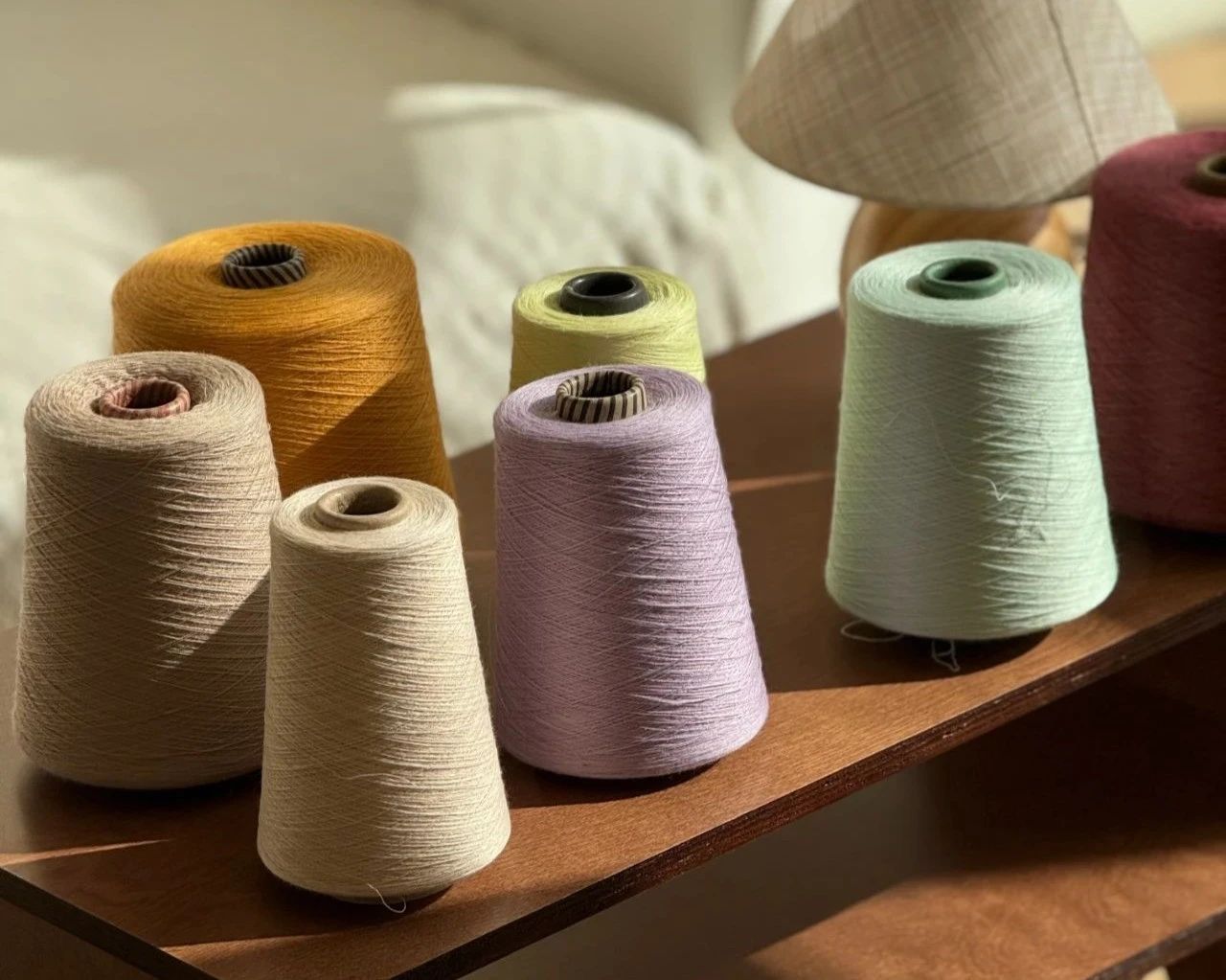
Yarn products of Huayi
“For our downstream clients, the lower the carbon footprint of the yarn we supply, the more low-carbon the fabric and final garment can be. For our upstream suppliers, if we encourage them to provide lower-carbon materials, they, too, will have greater incentive to develop and produce lower-carbon raw materials,” Mr. Lu concludes. “The carbon footprint of a finished product is accumulated along the supply chain, making us, the ‘middle link,’ a key player in the green transition of the entire industry”.


